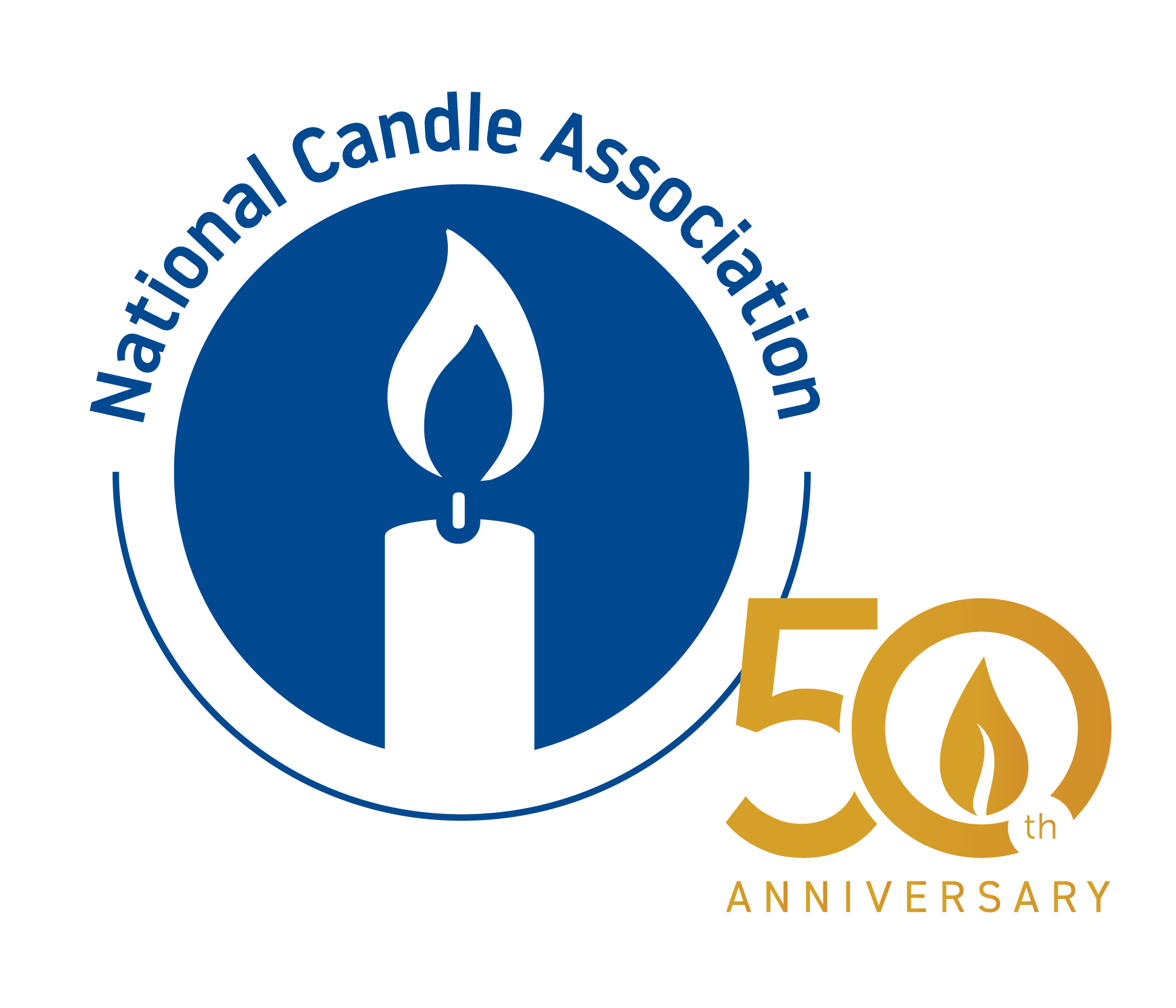Elements of a Candle: Wicks
EXPLORE CANDLES
Become a Member
Most consumers usually think of a candle’s shape, color or fragrance as its most important element. However, the wick also has a very critical role.
About Candle Wicks
The purpose of a wick is to deliver fuel (wax) to the flame. Acting like a fuel pump, the wick draws the liquefied wax up into the flame to burn. Different wick sizes allow for different amounts of fuel to be drawn into the flame. Too much fuel and the flame will flare and soot; too little fuel and the flame will sputter out.
There are literally hundreds of different styles and sizes of wicks. The type of wax used in a candle, as well as the candle’s size, shape, color and fragrance materials all impact wick choice. Selecting the correct wick is critical to making a candle that burns cleanly and properly. Reputable candle manufacturers take great care in selecting a wick of the proper size, shape and material to meet the burn requirements of a particular candle.
Types of Wicks
Most high-quality wicks are made from braided, plaited or knitted fibers to encourage a slow and consistent burn. In general, twisted wicks are of lower quality than braided or knitted wicks. They burn much faster because their loose construction allows more fuel to quickly reach the flame. However, twisted wicks are useful for certain applications, such as birthday candles.
In general, wicks can be divided into the following major types:
- Flat Wicks. These flat-plaited or knitted wicks, usually made from three bundles of fiber, are very consistent in their burning and curl in the flame for a self-trimming effect. They are the most commonly used wicks, and are often found in taper and pillar candles.
- Square Wicks. These braided or knitted wicks also curl in the flame, but are more rounded and a bit more robust than flat wicks. They are preferred for beeswax applications and can help inhibit clogging of the wick, which can occur with certain types of wax formulations, pigments or fragrances.
- Cored Wicks. These braided or knitted wicks use a core material to keep the wick straight or upright while burning. The wicks have a round cross section, and the use of different core materials provides a range of stiffness effects. The most common core materials for wicks are cotton, paper, zinc or tin. Cored wicks can be found in jar candles, pillars, votives and devotional lights.
- Wooden Wicks. Wooden wicks have become popular in recent years for the visual aesthetic they create and the soft crackling sound they create. Wooden wicks are available as single-ply, multi-layered, curved and decorative shaped wicks made from 100% wood, semi-wood, fibrous material or cotton and wood combinations.
- Specialty Wicks. These wicks are specially designed to meet the burn characteristics of specific candle applications, such as oil lamps and insect-repelling candles.
